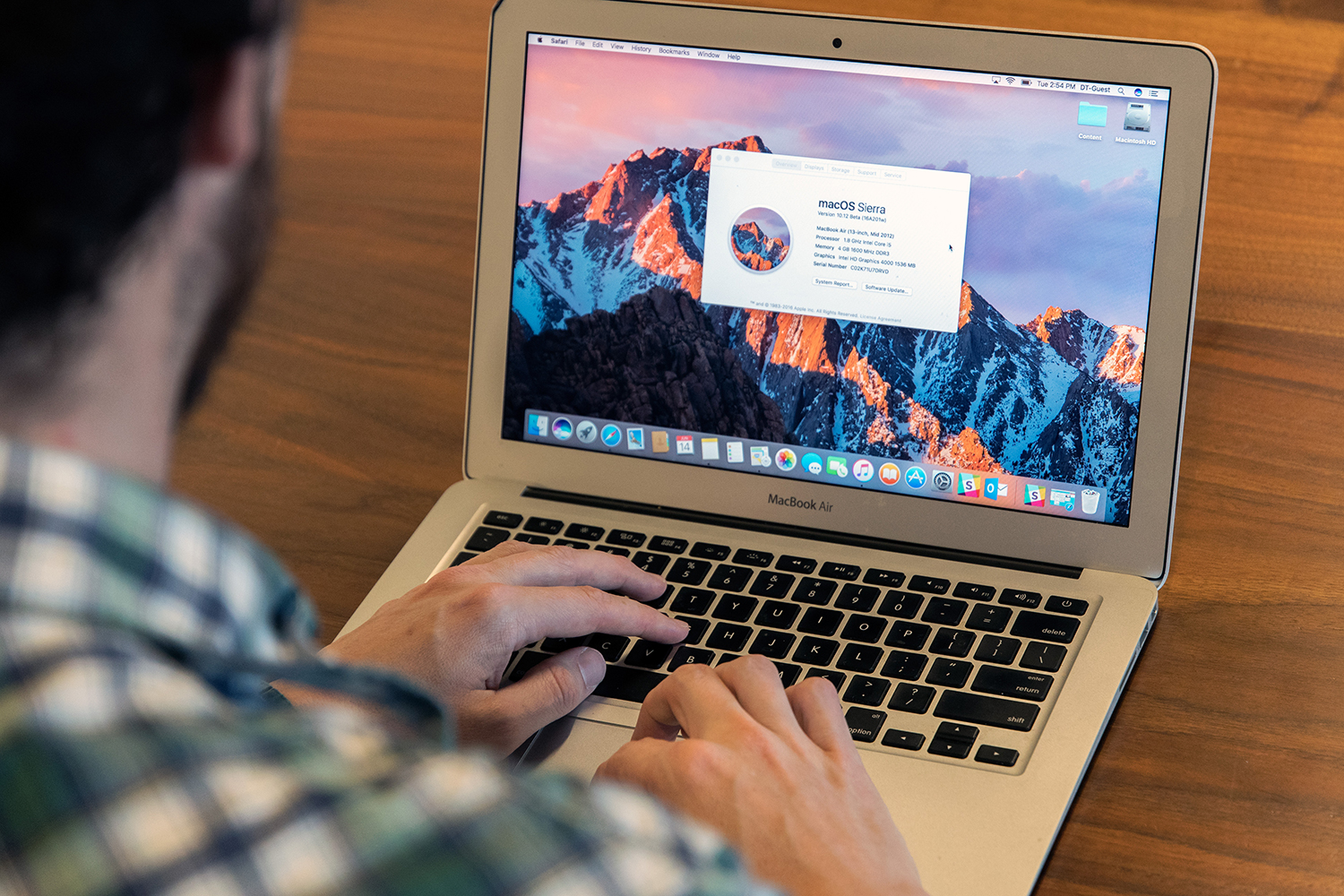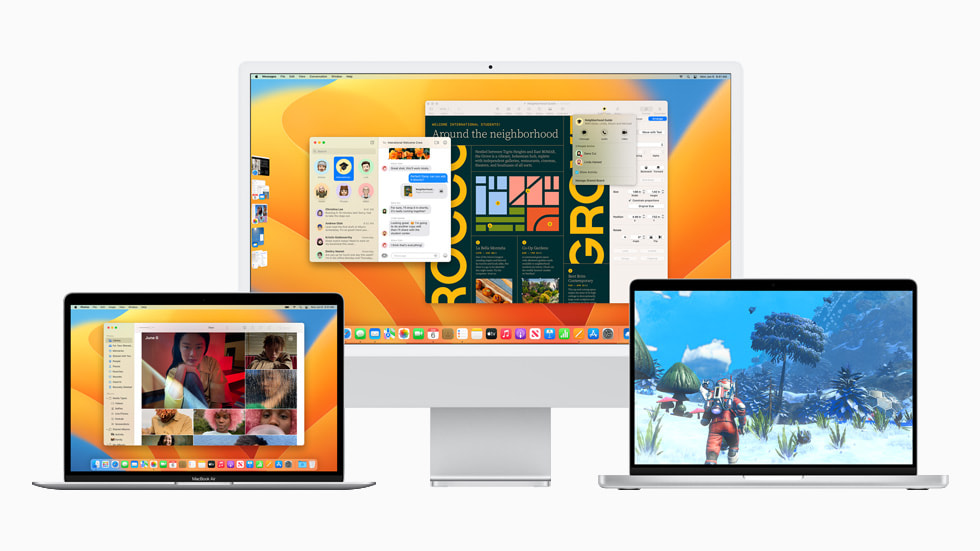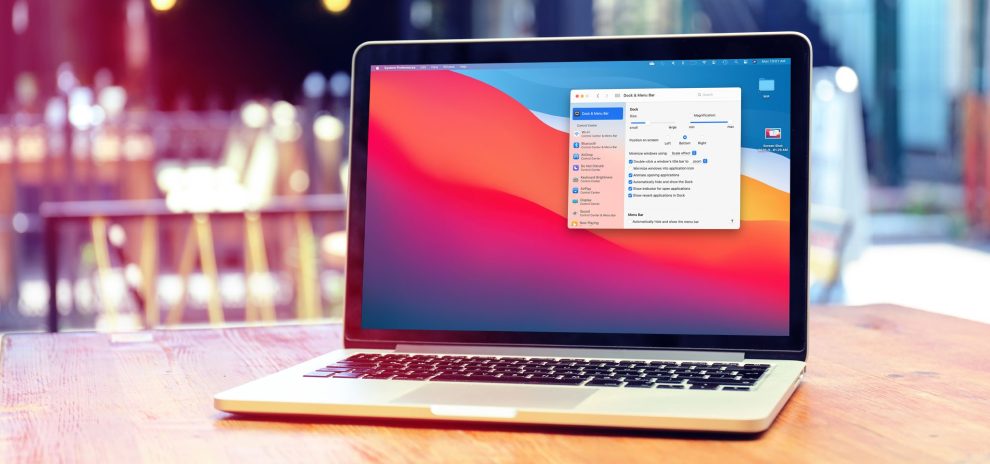When multiple users share a macOS system, performance can become a significant concern. Slowdowns, application crashes, and system instability can arise due to resource contention and conflicting settings. This comprehensive guide will explore common macOS performance issues in multi-user environments and provide effective troubleshooting strategies.
- Resource Contention: Multiple users accessing the same system can lead to competition for resources like CPU, RAM, and storage, resulting in slower performance.
- Conflicting Settings: Different users may have conflicting preferences or settings that can cause system instability or application crashes.
- Background Processes: Numerous background processes running simultaneously can consume system resources and impact overall performance.
- Network Congestion: In a multi-user environment, network congestion can slow down internet speeds and affect the performance of network-dependent applications.

Troubleshooting and Optimization Strategies
-
Hardware Considerations
-
Software Optimization
- Close Unnecessary Apps: Quit any unnecessary applications running in the background to free up system resources.
- Manage Login Items: Review your login items and remove any unnecessary applications that start automatically.
- Optimize System Settings: Adjust system settings like energy saver, display resolution, and background processes to improve performance.
- Use a Cleaner App: Consider using a system optimization app to help clean up junk files and optimize your Mac’s performance.
-
- Create Separate User Accounts: Encourage each user to create their own user account with personalized settings to avoid conflicts.
- Limit Background Processes: Restrict the number of background processes that can run for each user to improve performance.
- Review Startup Items: Check the Startup Items in System Preferences and remove any unnecessary applications that start automatically.
-
Network Optimization
- Wired Connection: If possible, use a wired Ethernet connection instead of Wi-Fi for more stable and faster network performance.
- Router Optimization: Ensure your router is configured correctly and that its firmware is up-to-date.
- Reduce Network Traffic: Minimize bandwidth-intensive activities like video streaming or large file downloads during peak usage times.
-
- Keep macOS Updated: Install the latest macOS updates to benefit from performance improvements and security fixes.
- Update Applications: Ensure that all applications are up-to-date to avoid compatibility issues and potential security vulnerabilities.

Regular Maintenance: Perform routine maintenance tasks like disk cleanup, virus scans, and software updates to keep your Mac running smoothly.
Monitor Performance: Use tools like Activity Monitor to monitor system resources and identify potential bottlenecks.
Consider a Dedicated Server: For demanding workloads or large teams, a dedicated server or cloud-based solution may be a better option.
Optimizing macOS performance in a multi-user environment requires careful consideration of hardware resources, software configuration, and user behavior. By implementing the strategies outlined in this guide, you can improve system responsiveness, reduce application crashes, and enhance the overall user experience for multiple users sharing a macOS system.
















Add Comment